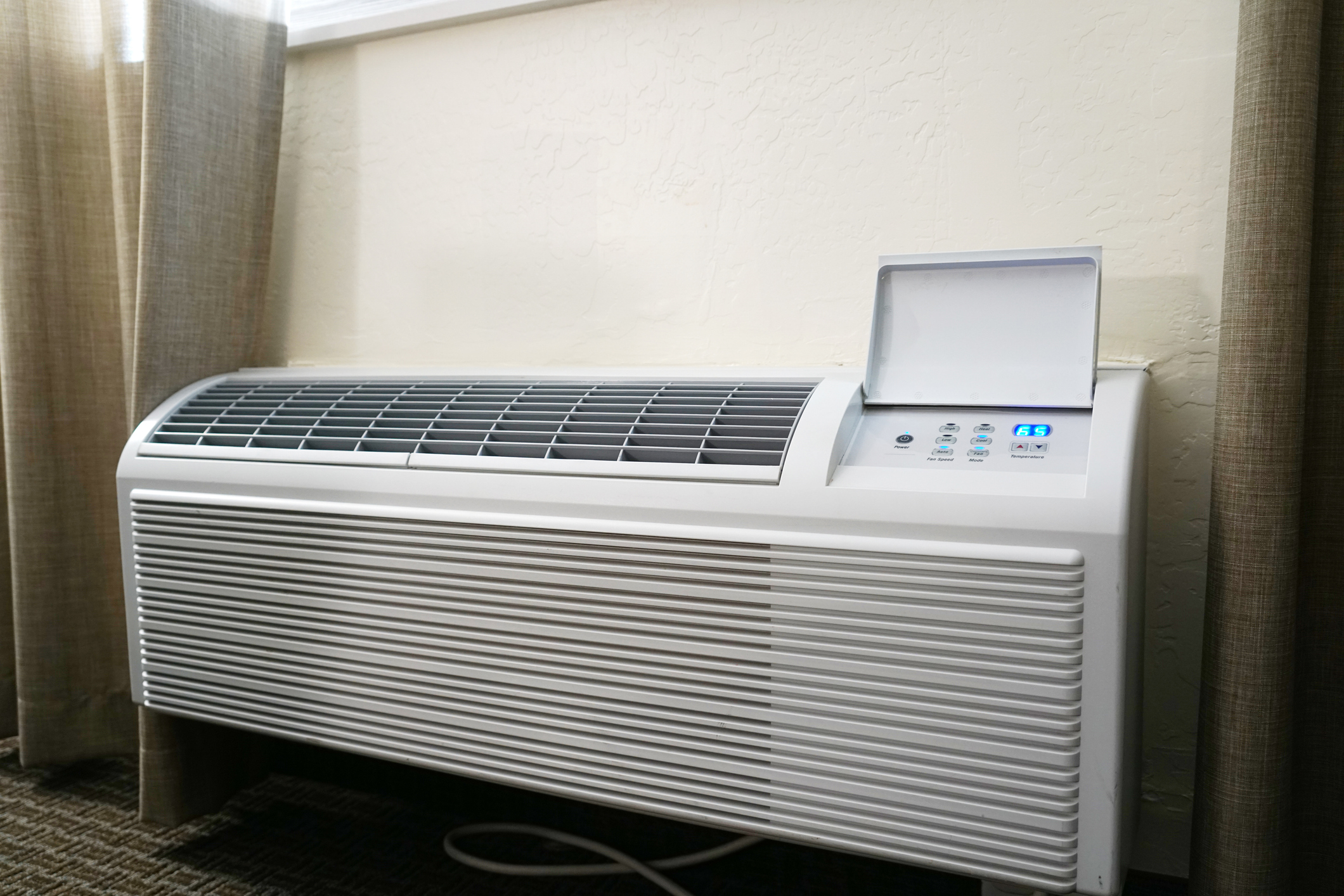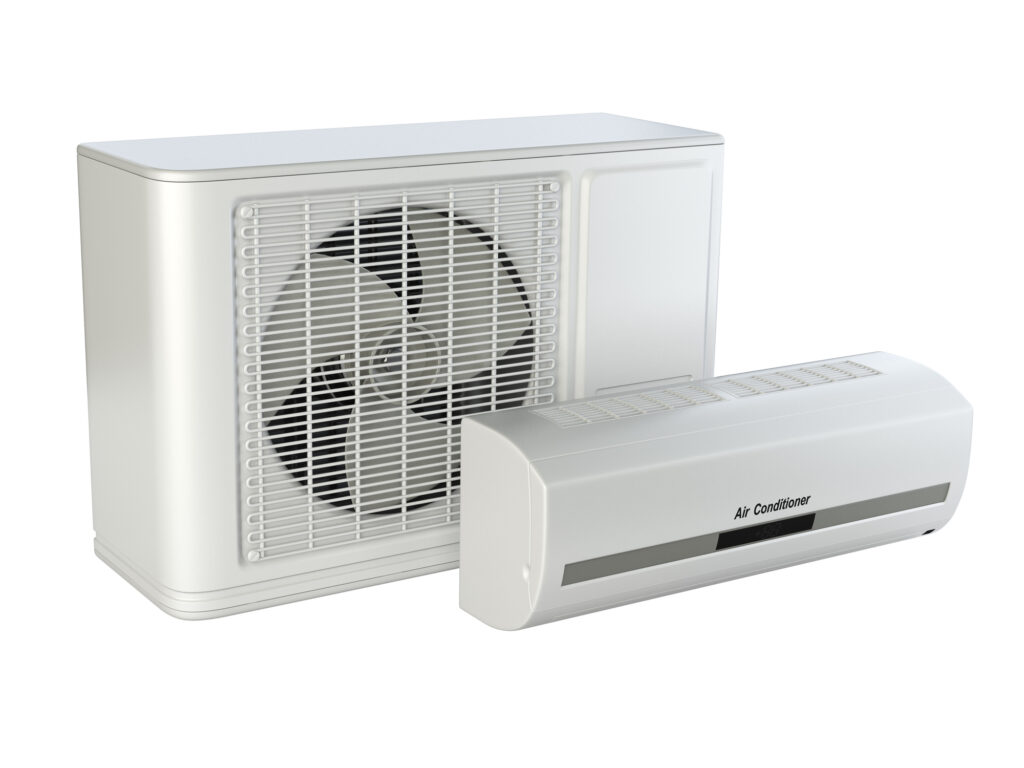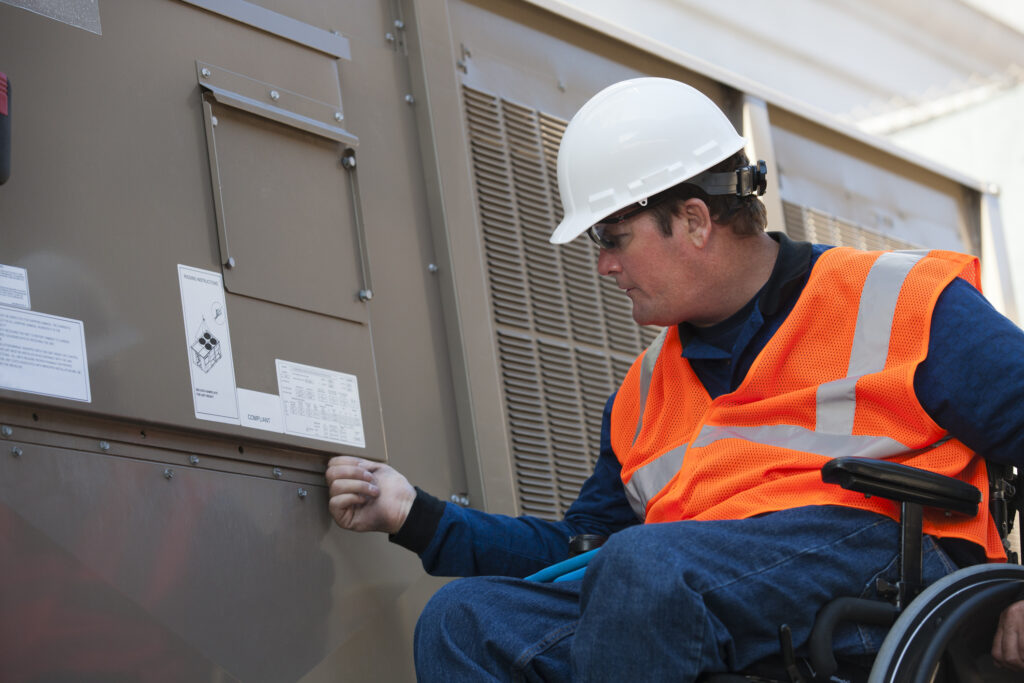
EPA’s Technology Transitions Program: A2L Refrigerants in the Built Environment
In this article, we will cover the second program EPA has enacted for the phasedown of HFC Refrigerants, the Technology Transitions Program, as it applies to residential and commercial HVAC systems.
Over the last two years, much has been written about the U.S. Environmental Protection Agency’s (EPA) program mandating a reduction in the production and use of hydrofluorocarbon (HFC) refrigerants for residential and light commercial HVAC systems.
The HFC Phasedown Program, as it is known, was the first of three programs to be enacted by the EPA under the bipartisan American Innovation and Manufacturing Act of 2020 (AIM Act) to handle HFC refrigerants.
In this article, we will cover the second program EPA has enacted, the Technology Transitions Program, as it applies to residential and commercial HVAC systems. The third program, which will come later, will put forth regulations to maximize the reclamation of HFCs, minimizing their release from products and equipment.
EPA Regulations on HFC Refrigerants
On October 24, 2023, EPA published a final rule restricting the use of high global warming potential (GWP) HFC refrigerants in air conditioning and heat pump products and equipment.
These regulations, referred to as the Technology Transitions Program, support the HFC phasedown by forcing a transition to next-generation equipment that does not utilize HFC refrigerants. The rule, as originally issued, placed restrictions on both the manufacture and installation of HVAC products and systems beginning on January 1, 2025. EPA later issued an interim final rule, in December 2023, that amended one provision of the regulations published on October 24 that impacted the compliance date for the installation of HVAC systems.
Per the interim final rule, the new regulations for residential and light commercial air conditioning and heat pump systems:
- Prohibit the manufacture and import of HVAC products with GWPs > 700 on or after January 1, 2025
- Prohibit the sale, distribution, and export of products with GWPs > 700 on or after January 1, 2028
- Prohibit the manufacture of HVAC system components “for use in a new HVAC system” on or after January 1, 2025
- Prohibit the installation of new HVAC systems with GWPs >700 on or after January 1, 2026
HVAC Products vs. Systems
It is important to understand that the new regulations make a distinction between HVAC “products” and “systems”. For these rules, a product is a functioning self-contained unit when it leaves the factory (i.e. window air conditioning units and packaged terminal air conditioning units).

A system is a grouping of HVAC components assembled and charged in the field (i.e. split system air conditioners and mini-split air conditioners).
With regards to HVAC products, the final rules restrict the manufacture of these units and restrict the sale, distribution, import and export of any products containing refrigerants with GWPs > 700. The rules are a little different for HVAC systems. To support the servicing of existing HVAC systems that use refrigerants with GWPs > 700, components for these systems can still be manufactured. However, no new HVAC systems can be installed utilizing components that have been manufactured after January 1, 2025.

Impact on Existing HVAC Systems
The new EPA rules do not restrict the use of any existing HVAC products or systems. The rules allow existing systems to continue to operate until the end of their useful life — this includes maintaining and replacing components, as needed, to a certain extent.
To clarify what is considered a new installation versus what is considered maintenance, EPA defines, within the rules, what differentiates the installation of a new HVAC system from the maintenance of a system.

They have added the following qualifiers to indicate a new installation:
- Assembling a system for the first time from new or used components constitutes a new installation
- Increasing the cooling capacity, in BTU per hour, of an existing system constitutes a new installation
- Replacing 75 percent or more of evaporators (by number) and 100 percent of the compressor racks, condensers, and connected evaporator loads of an existing system constitutes a new installation
Performing any of these actions, and then charging the system to full charge, is considered a new installation of a HVAC system and is subject to all relevant HFC use restrictions.
Product and Component Labeling
To aid in determining compliance with these rules, EPA requires that all new products and components to be used with HFC refrigerants be labeled for such use. The label must indicate the HFC being used along with other information, including the date of manufacture for the product or component.

New replacement components that use higher-GWP HFCs must also have a label indicating that they are for servicing existing equipment only. This requirement takes effect on the same date as the relevant manufacture and import restrictions (i.e., 2025–2028 for HVAC products).
Considerations for Building Officials, Contractors and Technicians
With the EPA’s HFC Phasedown Program in full swing, state and local governments are actively reviewing and adopting the latest codes and standards for A2L refrigerants, the primary alternatives to HFCs. The International Code Council has updated its International Codes® to reflect these HFC transitions, through the 2024 editions.
While the HFC phasedown extends out until 2036, the Technology Transitions Program will act to accelerate the A2L transition timeline for residential and light commercial HVAC systems. Manufacturers of HVAC equipment for residential and light commercial products and systems will no longer be able to manufacture equipment that utilizes HFC refrigerants with GWPs > 700 for new HVAC installations after December 31, 2024.
While the sell-through of products will be permitted for three years after that time, the sell-through of new systems will only be allowed for one year, with the higher GWP HFC systems no longer allowed after December 31, 2025.
These critical dates are quickly approaching. The manufacturers of this equipment are already beginning to switch production lines over to the new A2L refrigerant equipment, and you will begin seeing it in the marketplace before the end of this year. It is important that you take the time now to fully understand the implications of both the HFC phasedown program and the HFC technology transitions program.
The links below will take you to the relevant EPA, Federal Register and Code of Federal Regulations websites and documents for further information.
EPA website links:
- HFCs and the AIM Act Protecting Our Climate by Reducing Use of HFCs
- Frequent Questions on the Phasedown of Hydrofluorocarbons
- EPA Technology Transitions Program
Federal Register Links:
- Final Rule (10/23/2023) – Phasedown of Hydrofluorocarbons: Restrictions on the Use of Certain Hydrofluorocarbons Under the American Innovation and Manufacturing Act of 2020
- Interim Final Rule (12/26/2023) – Phasedown of Hydrofluorocarbons: Technology Transitions Program Residential and Light Commercial Air Conditioning and Heat Pump Subsector
Code of Federal Regulations Links:
Support through the International Code Council
To further assist industry professionals in their efforts to safely transition to A2L refrigerants, the Code Council has developed the A2L refrigerant “Hot Topics” page which can be found on our website here.
The Hot Topics page, titled “Preparing for A2L Refrigerants,” offers a collection of videos from the Code Council and industry partners. These videos cover various aspects of the transition to A2L refrigerants that are important for building officials, contractors, technicians, and other industry professionals.
Additionally, the page includes links to other valuable resources related to A2L refrigerants including necessary code updates to the 2012 – 2021 versions of the International Building Code®, International Residential Code®, International Fire Code® and International Mechanical Code®.
For questions about the new refrigerant regulations, please contact Jim Cika at jcika@iccsafe.org.







